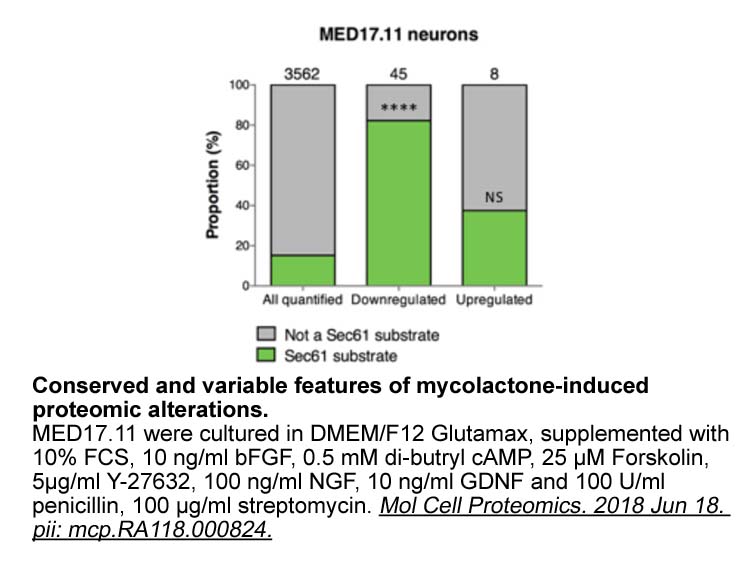Archives
Population based screening programs to identify more HBOC
Population based screening programs to identify more HBOC patients in the primary care setting have been proposed by many. The US Center for Disease Control\'s (CDC\'s) office of Public Health Genomics has classified screening for a family history of cancer to identify patients with HBOC syndrome as a tier one application (i.e. evidence supports their implementation into medical practice and surveillance) (Khoury et al., 2010; Dotson et al., 2014). However, population screening outcomes data, especially in underserved communities, are scant. In 2013, the US Preventative Services Task Force (USPSTF) recommended genetic risk assessment and, if warranted, BRCA order AN-2728 testing in asymptomatic women with a family history of breast and ovarian cancer (Nelson et al., 2014). The goal of this recommendation is to both minimize unproductive genetic referrals and identify more BRCA1/2 mutation carriers. A number of brief family history of cancer screening tools have been successfully used to identify HBOC patients in small populations and are recommended by the USPSTF (Bellcross et al., 2009; Dominguez et al., 2005; Evans et al., 2004; Gilpin et al., 2000; Hoskins et al., 2006). However, there are no studies that quantitate the reduction of cancer cases as a result of large-scale population screening to identify patients with HBOC syndrome.
The goal of population screening for at-risk patients should be not only to identify mutation carriers, but also to improve their compliance with management recommendations to prevent cancers. However, since compliance rates are unknown, so too are the benefits of screening, especially in underserved communities. Here we measured patient compliance to NCCN management guidelines and rates of prophylactic surgery in an underserved HBOC syndrome patient cohort that was identified based on their family history of cancer at the time of a screening mammogram. We calculated the change in population cancer incidence over time based on the number of BRCA1/2 mutation carriers we identified and the rate of prophylactic surgeries done to identify opportunities to improve cancer prevention.
Patients and Methods
Results
Discussion
The aim of our study was to determine if screening for a family history of cancer in underserved mammography populations would identify patients at high risk for HBOC syndrome that would then lead to genetic testing and increased cancer prevention. We found low levels of genetic screening and adherence to management guidelines in the underserved HBOC syndrome patients. The number of unaffected patients in the underserved population identified as BRCA1/2 mutation carriers was lower than our reference insured population and those who were identified had fewer preventative surgeries. The data were used to model cancer prevention frequency and a significant decrease in cancer incidence was only found in the insured reference population.
Our model calculates the reduction of cancer incidence in HBOC patients by taking the population\'s age distribution, mutation detection rate and frequency of prophylactic surgery into account. From these data, our model predicted only an 8.8% reduction in the both the breast and ovarian cancer rate over 30years in the underserved. Although we did not have a true control population of insured patients managed by a single institution, the mutation detection rate and the rate of prophylactic surgeries were higher in this population. Using the data from this “reference” population we illustrate how the model can predict that increasin g mutation detection frequency and prophylactic surgery rates can be used as benchmarks for increasing cancer prevention in patients with HBOC syndrome.
For the underserved mammography patients, but not the insured patients, genetic navigators were available to contact and track patients identified as high-risk. The underserved patients are likely to benefit more from services of a genetic navigator because they are often more difficult to reach and less informed than the insured population. On a more practical note, funds for genetic navigators in this study were not available for the insured reference population. The lack of navigation for the insured may be a contributing factor to the surprisingly low frequency of referred insured patients (Fig. 1A). Further, although chart documentation of genetic counseling was absent in 70% of the high-risk insured patients recommended for genetic counseling, this does not mean they did not have genetic analysis at an outside site. In fact, at least 20% of insured mammogram patients are referred to UT Southwestern from outside providers, making it unknown whether the family history of cancer led them to receive genetic analysis at different institutions. However, if these analyses were done on the outside, the mutation rate in the insured population would only increase and make the differences between the insured and the underserved cohorts greater.
g mutation detection frequency and prophylactic surgery rates can be used as benchmarks for increasing cancer prevention in patients with HBOC syndrome.
For the underserved mammography patients, but not the insured patients, genetic navigators were available to contact and track patients identified as high-risk. The underserved patients are likely to benefit more from services of a genetic navigator because they are often more difficult to reach and less informed than the insured population. On a more practical note, funds for genetic navigators in this study were not available for the insured reference population. The lack of navigation for the insured may be a contributing factor to the surprisingly low frequency of referred insured patients (Fig. 1A). Further, although chart documentation of genetic counseling was absent in 70% of the high-risk insured patients recommended for genetic counseling, this does not mean they did not have genetic analysis at an outside site. In fact, at least 20% of insured mammogram patients are referred to UT Southwestern from outside providers, making it unknown whether the family history of cancer led them to receive genetic analysis at different institutions. However, if these analyses were done on the outside, the mutation rate in the insured population would only increase and make the differences between the insured and the underserved cohorts greater.